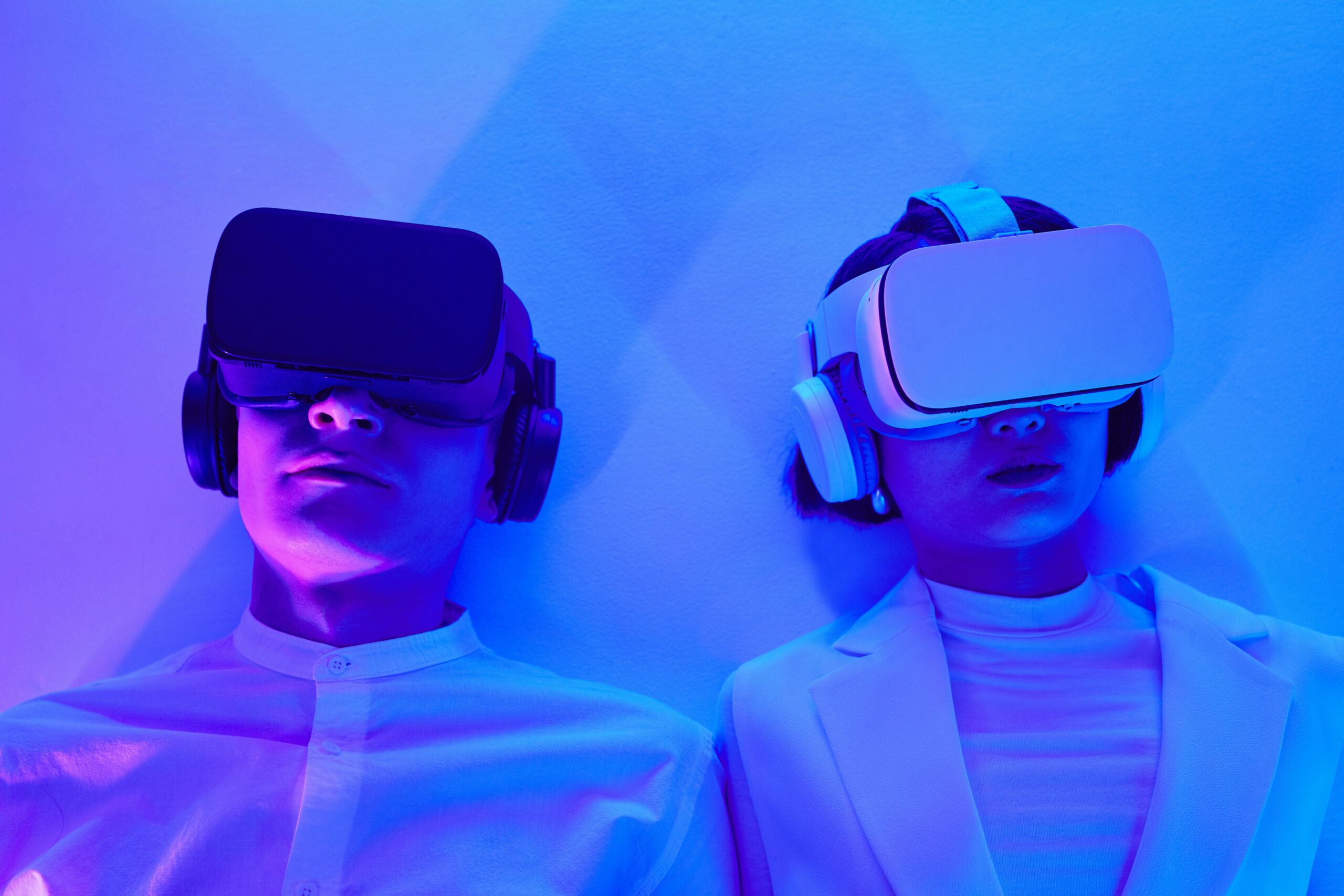The global virtual reality (VR) market, valued at USD 15.9 billion in 2024, is projected to grow to USD 38 billion by 2029, registering a compound annual growth rate (CAGR) of 19.1%, according to data from Markets and Markets.
The surge in demand for VR devices is fueled by the rapid adoption of the Metaverse, expanding use of digital technologies in healthcare and gaming & entertainment, increased industry investment, and the significant uptake of head-mounted displays (HMDs) across multiple sectors.
Software to Lead the VR Market Share
By offering, the software segment is expected to dominate the VR industry, accounting for around 52% of the market by 2029. VR software powers experiences ranging from interactive games and navigation aids to fully digital environments for simulations, training, and virtual tours. Featuring technologies like 3D modeling, physics simulations, and rendering engines, VR software delivers the immersive content and interactions that define user experiences. Growing compatibility with existing hardware is expected to further fuel demand.
Consumer Applications to Drive Growth
By application, the consumer segment is projected to hold the largest market share at approximately 44% in 2029. VR offers an unmatched level of immersion, enabling users to feel part of the virtual world—whether dodging bullets in a game or exploring museum exhibits brought to life. Museums and cultural institutions are increasingly using VR to allow visitors to virtually travel through time, engage with historical events, and interact with artworks in ways previously impossible.
Asia Pacific to Dominate the Market
The Asia Pacific region is set to lead the VR market during the forecast period, holding around 38% of the global share in 2029. Strong growth in gaming, training, and entertainment sectors, particularly in China and South Korea, is driving adoption. Additionally, significant investments in education are encouraging the use of VR as a tool for enhanced learning experiences.
Key Market Trends
- Metaverse Integration – VR is redefining digital engagement in education, customer service, and healthcare, from virtual classrooms to advanced medical simulations.
- Immersive Gaming Leadership – Asia Pacific remains a hub for VR gaming and eSports innovation.
- Performance Improvements – Reducing latency and enhancing battery life are becoming key priorities for longer, smoother VR sessions.
- 5G Acceleration – Faster, sharper, mobile VR experiences are enabling applications like 360° sports streaming and cloud-based virtual tourism.
- Gesture Tracking Advances – Improved natural movement tracking is making VR more intuitive for design, simulation, and storytelling.
- User-Centric Design – Focus on comfort and accessibility is lowering adoption barriers for all ages.
- Hardware Innovation – Companies like Meta, Sony, and HTC are pushing advancements in headsets and accessories, meeting rising demand for realistic visuals and physical interactions.
With these advancements, the VR industry is poised for transformative growth, shaping entertainment, education, healthcare, and beyond.


